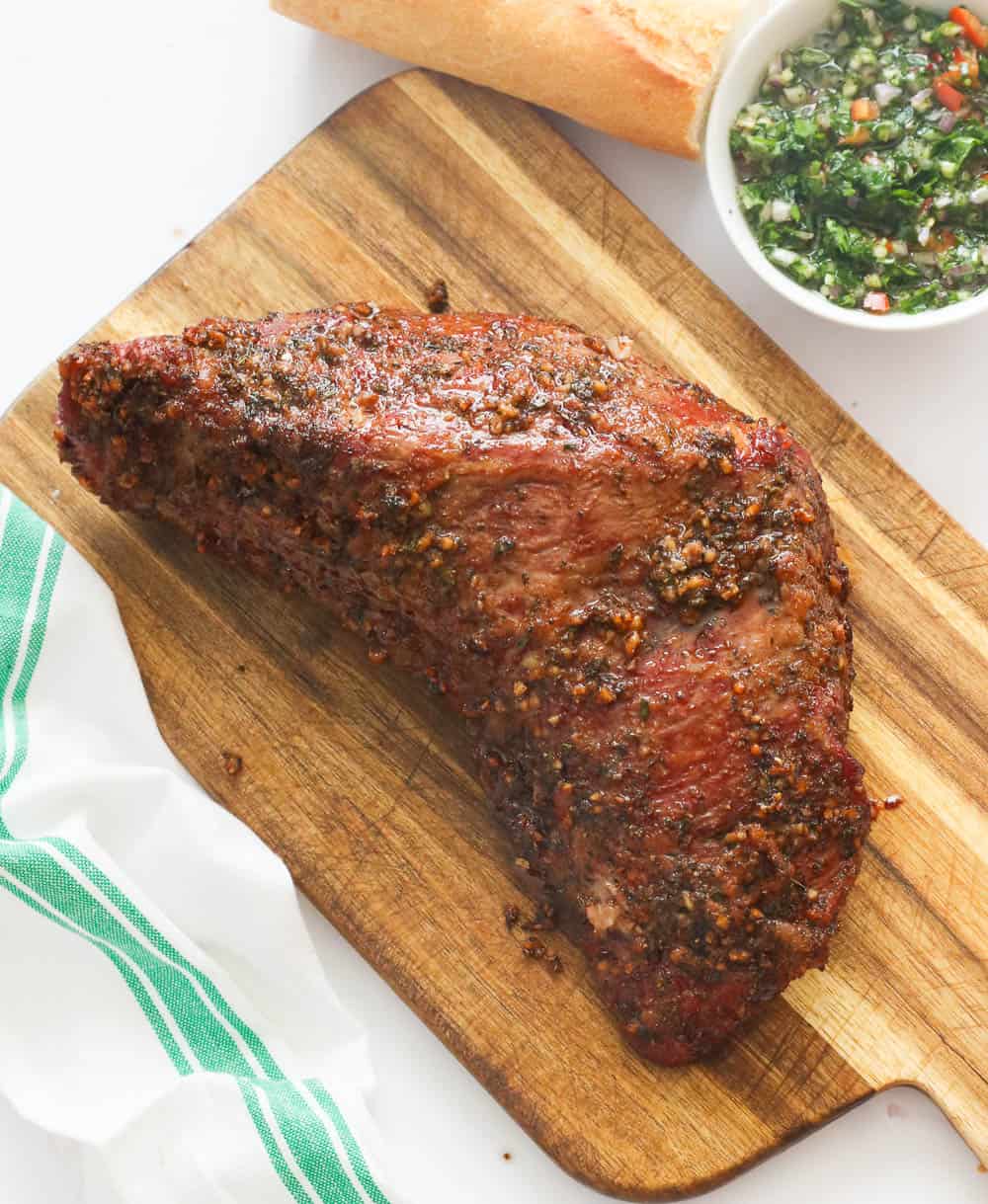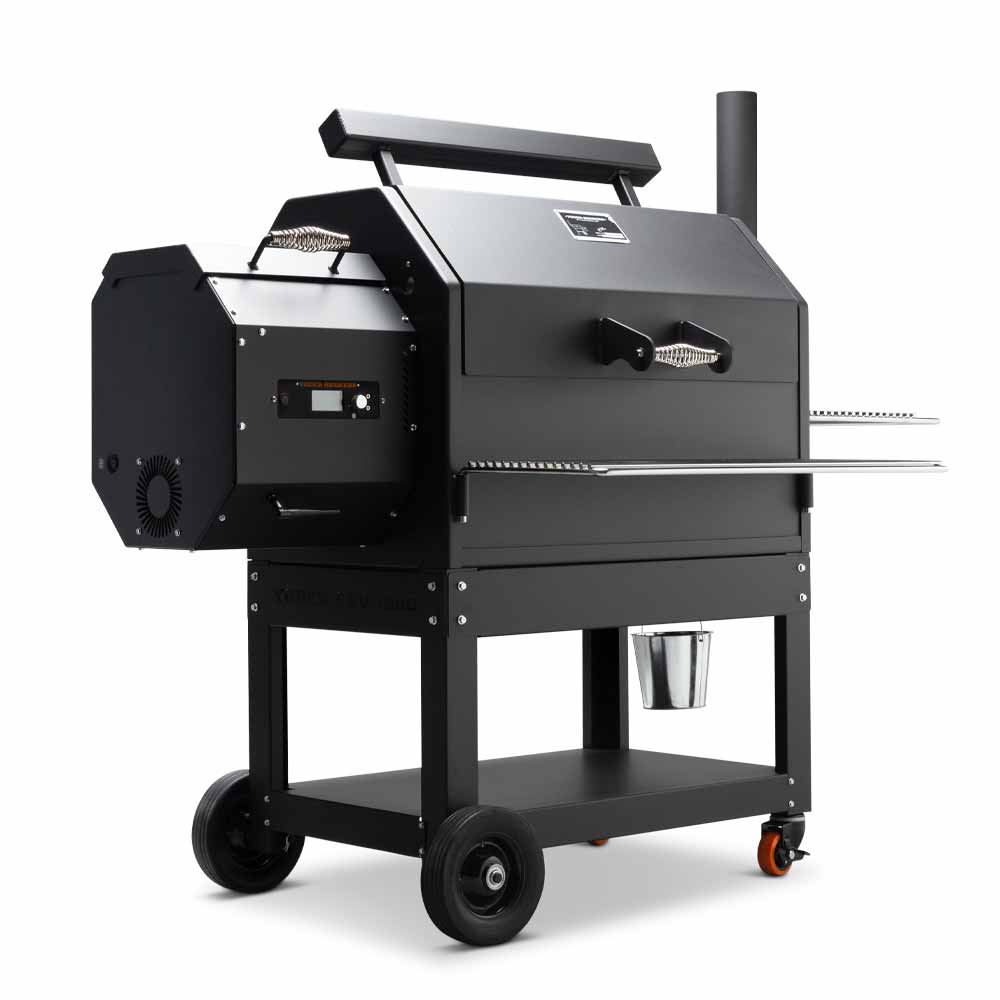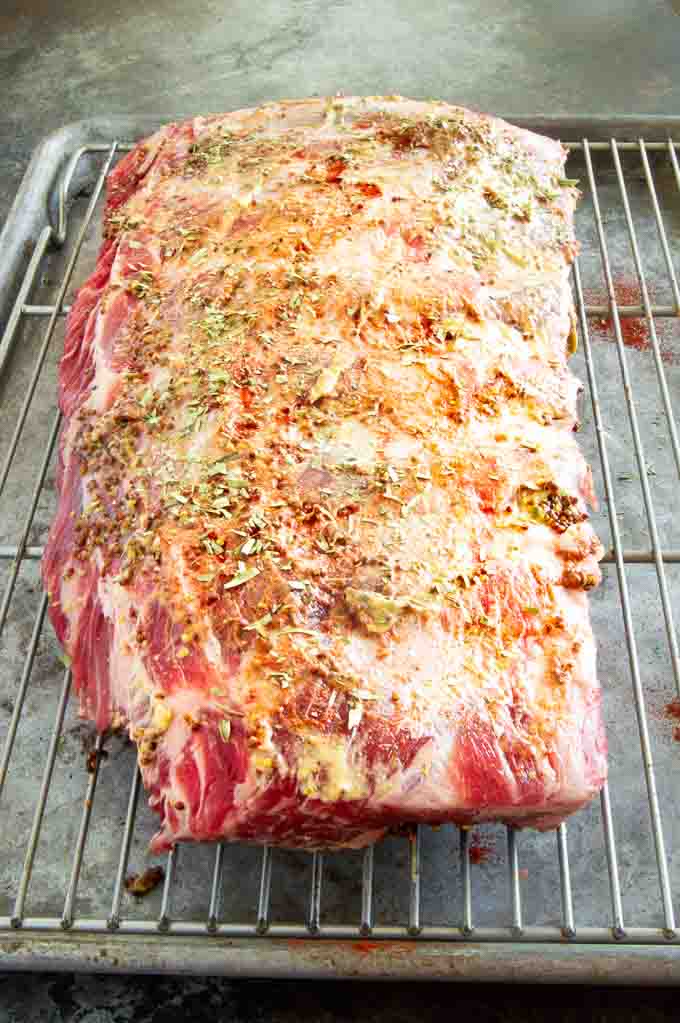
A slow-smoking process is essential to smoking a brisket on a barbecue, which not only imparts a smokey flavor but also tenderizes the meat. To accomplish this, you can add wood chips to your gas grill. You will get the best results if you soak the chips in water overnight. Once the chips are soaked, heat your grill to medium-high. After that, arrange the wood chip in an aluminum tray.
Select a brisket made with consistent white fatty marbling
You should ensure that the white fatty marbling throughout the brisket is consistent when smoking it on a grill. It is a waste to buy a brisket with no white fatty marbling. Also, avoid briskets that have thick fat caps. The fat caps are an important part the meat. They should be transparent and white.
Quality of the brisket should also be considered. Fatty marbling is a sign that briskets have more flavor and are juicy. You should grill your brisket on an electric grill that's USDA Choice Grade or higher. A brisket that has a high score in marbling will cook the meat evenly.
If you are looking for a brisket to cook on a gas barbecue, make sure it is flat and has some point at the top. The best flavor and most fat is found on the flat side. There are many brisket cuts that can be used on a gas barbecue. USDA Prime is the most expensive, while USDA Choice may be cheaper. USDA Prime is only sold by a handful of stores.
It is essential to have a uniform white fatty marbling when grilling brisket. Prime beef is the highest grade. Choice beef is cheaper because it has less white fatty marbling. Choice beef will be less tender and not as flavorful. The same rules apply for choosing a Brisket for your Rotisserie.
Smoker box
Before you smoke brisket on a gas-grill, you must prepare your smoker box. First, turn your gas grill on and fill half of it with wood chips. In the smoker box, place about a cup worth of wood chips. Next, place the brisket fatside up on your grill grate. It is important to cover the brisket with foil during the smoking process in order to maintain a constant temperature. To keep the temperature consistent, cook the brisket at 225 to 250 degrees. However, it is important that you check it often. Adjust the wood chips by adding a half cup of water at a time.
Traditional-style smoker boxes should have holes in the sides. Nonstick should be used to stop ash from escaping. Wood chips can create ash. It is important that juices and fat don't leak from the boxes. Once the brisket was smoked you can take it out from the box and then serve it. Once the smoking is complete, you can turn the brisket on the stove and enjoy the wonderful flavor of smoked Brisket.
Place the brisket over the top rack. Place the smoker box over the far left heating element. To increase the smoke and temperature, you can add wood chips. A layer of fat should be applied to the outside of brisket before it is cooked. This will help retain the meat's natural moisture and impart a great flavor. Before smoking your brisket, you should allow it to cool at room temperature.
You should soak the wood chips or chunks in water before putting them inside the smoker box. You should not cook meat in the smoker box as the moisture from wood chips can seep into the meat. This can lead to a change in flavor and tenderness. A smoker box allows you to smoke all kinds of food, even vegetables. A smoker box can be used to smoke vegetables such as cabbage and eggplant.
Season the brisket by adding kosher Salt and black Pepper

To season brisket, start by sprinkling it liberally with kosher salt, which is not as salty as regular table sea salt. You can use black pepper, too, but freshly cracked is always best. Pre-ground pepper may cause too much salt in your final product. Alternativly, you can sprinkle kosher Salt over the Brisket a few hours prior to cooking. These ingredients will be combined into the meat throughout cooking.
To add extra flavor to your brisket, you can use a spice rub. Many pit masters in Texas use a salt-and-pepper mixture that they refer to as a "Dalmatian rub." Using different kinds of salts and pepper grinds will produce a brisket with a different taste and texture. To achieve a more complex flavor, some pit masters add garlic and coffee to their mix.
You can learn how to prepare and cook brisket by using a gas grill that's compatible with a Hickory wood chips or pellets. You can also add some oak. After you have completed the preparation of the brisket allow it to rest for up to two hours before cutting it. It will distribute the juices evenly and prevent it forming a pull-beef texture.
Apply the rub to the meat after seasoning it with black pepper and kosher Sea Salt on a grill. It is possible to leave the meat on the gas grill for a while before adding the rub. However, it is important not to open it during cooking. The sugar in the rub can make the meat burnt before you can get it to brown.
Cooking Time
When cooking a brisket on a gas grill, you need to be aware of the time it takes to cook the meat. A large brisket may take up to 12 hours to cook depending on its size. The Texas crutch should be used to cook the brisket. It should be removed from the grill around noon.
To cook a brisket on a gas grill, you must keep the temperature constant around 275 degrees. Wood chips can be used in place of oil. The grill's temperature should not change for more than a few hours. You can use wood chips instead of cooking oil. The thickness of the fat on the brisket should not exceed 1/4-1/2 inches. You can wrap the brisket in foil for a 7 to 9-hour cooking time.
The final cooking time for a barbecue brisket will vary depending on the meat's thickness and quality. Flat-cut brisket will take between 10 and 12 hours to cook. Cooking a whole-packer brisket will take you between 12 and 18 hours. You should also allow 14 hours if you use a flat-cut.
A gas grill can take a brisket from several hours to six. Reduce the cooking time by trimming the fat cap. This is the most difficult portion to cut off. The traditional smoking temperature is between 225 F to 300 F. This allows the fat to render out and leave a wonderful beef flavor. You should check the fat cap frequently for transparency and crisp exterior.
Wood chips to smoke brisket

Slow smoking is great for brisket, a popular BBQ recipe. Slow cooking imparts a smokey flavour and tenderizes the meat. Wood chips can be soaked in water for at least an hour to allow you to start smoking brisket on your gas grill. Heat the grill to medium heat and add the wood chips to your pan. Place the brisket, fatty side up, on the grill. Make sure to keep the water pan filled with water. If your water pan runs low, you can refill it with new water.
Applewood has a delicate, sweet taste. The dense smoke it emits blends well with the tough texture of the brisket. Applewood can also be used as the main fuel for smokers. You can add some applewood chunks to your smoke for an oak-like flavor. Applewood chunks measure about 4 inches in diameter and weigh approximately ten pounds.
You don't need to buy a expensive smoker. Wood chips can be bought at a supermarket. These chips add a smokey flavor to meat without overwhelming it. Oak wood has a balanced smoke taste and can be used for longer cooking times. Hickory can impart a stronger smokey flavor to meat, but it may be too strong for some. Mesquitewood is another popular alternative, but it tends burn slower than other types of hardwood, making it unsuitable as a method for smoking brisket.
To smoke brisket on a gas grill, you need to add wood chips. Wood chips come with a wide range of flavors, and they are a great way for meat to take on a smoky taste. Hickory (Mesquite), Jack Daniels (Jack Daniels), and Apple are all popular flavors. All of these flavors give the brisket that distinctive, savory taste.
FAQ
What are the Qualifications to be a Chef
A bachelor's degree is required to become a chef. A number of ACF tests will be required. Once you've completed these requirements, you'll receive a certificate verifying your qualifications.
How much does it cost to go to culinary school?
The cost of a culinary school depends on where you are, how much you study, and what program or course you choose. The average tuition ranges from $10,000-$30,000 per year. The average student graduates with $20,000 in debt. There are some programs that offer grants and scholarships as well as work-study options.
How to be a Chef
There are many options for becoming a chef. You can begin by taking a course at a community college or vocational school. You might also consider going to culinary school. The last option is to apply for a job as a paid intern.
Statistics
- You'll be amazed that over 90% of CIA students receive scholarships and grants to finish their culinary studies. (ischoolconnect.com)
- The median pay for a chef or head cook is $53,380 per year or $25.66/hour, according to the U.S. Bureau of Labor Statistics (BLS). (learnhowtobecome.org)
- In the United States, the category is estimated at $23.2 billion annually and is growing faster than the market. (washingtonpost.com)
External Links
How To
How to make an omelet that is perfect
Omelets is one of my favourite breakfast foods. How do you make them perfect? I've tried many different methods and recipes, but none of them seem to work! So I am sharing some tips and tricks today to help you make fluffy, delicious omelets every morning.
When making omelets, it is important to be aware that eggs can be temperamental. The eggs must be fresh from an organic source and kept at room temperature until they are ready to be cooked. If they are not kept cold enough, the whites won’t form properly. The yolks will also break down too quickly and become runny. This will make your omelets appear strangely colored. If you plan to cook the eggs right away, it is best to use room temperature eggs.
Another tip is to separate your egg before adding it into the pan. It is important not to allow any white to mix with the yolk as this could lead to the omelet becoming curdled.
If you add the egg directly onto the stovetop, you might end up burning the bottom part of the egg, which would ruin the texture of your omelet. Instead, microwave the egg for 10 seconds before adding it to the pan. The heat from the microwave cooks the egg just enough without overcooking it.
Next, let us talk about how to mix the eggs. You want to mix the eggs thoroughly before you add them. To do this, take the bowl from the mixer and flip it upside-down. Next, shake the bowl vigorously. This allows the air to be whipped and the egg to be mixed thoroughly.
Now comes the fun part - pouring the milk into the mixture. First, pour half of the milk into the beaten eggs and then fold the eggs gently into the remaining milk. You don't need to worry if streaks remain. They will disappear once you flip your omelet.
After you have folded your eggs, heat up the oil on medium heat. Wait for it to get hot. When the oil is hot enough, add 1/4 cup butter to the pan. Stir it around until the butter covers the entire pan. Now carefully crack open the lid of the pan and sprinkle salt into the pan. An additional pinch of salt will prevent the omelet form sticking to your pan.
Cover the pan once you have formed the omelet. Wait for the top to set. Flip the omelet with a spatula, or flip it upside down. Cook the other side for about a minute. Serve immediately after removing the omelet from its pan.
This recipe is best when used with whole milk. But, you can use skimmed milk as well.